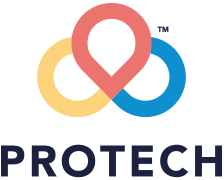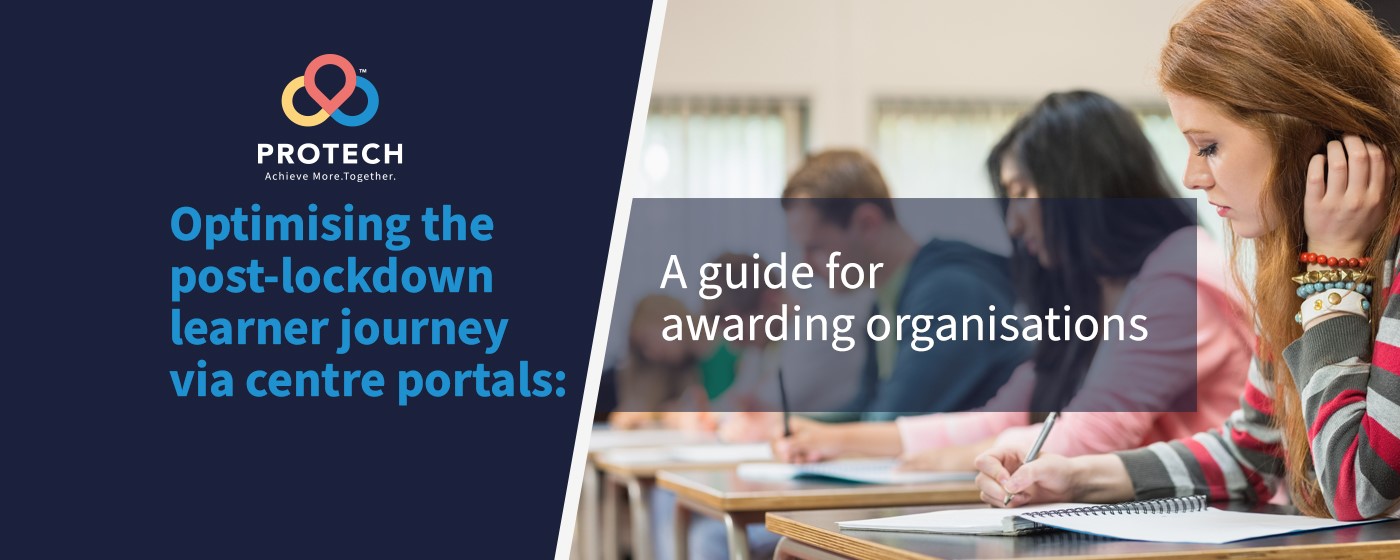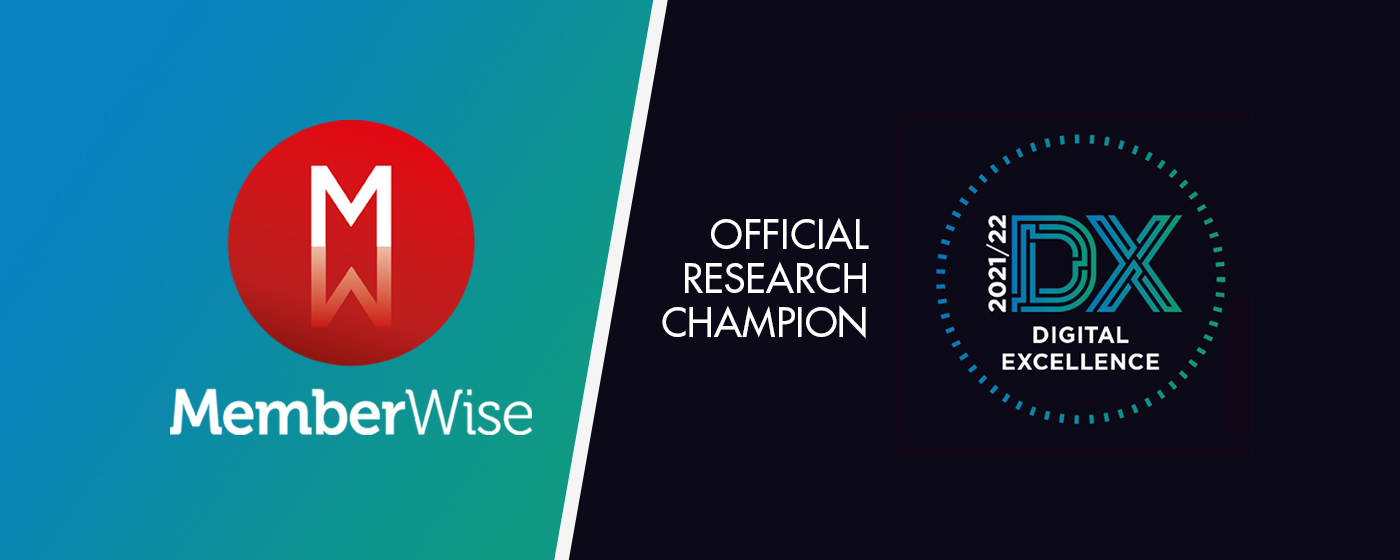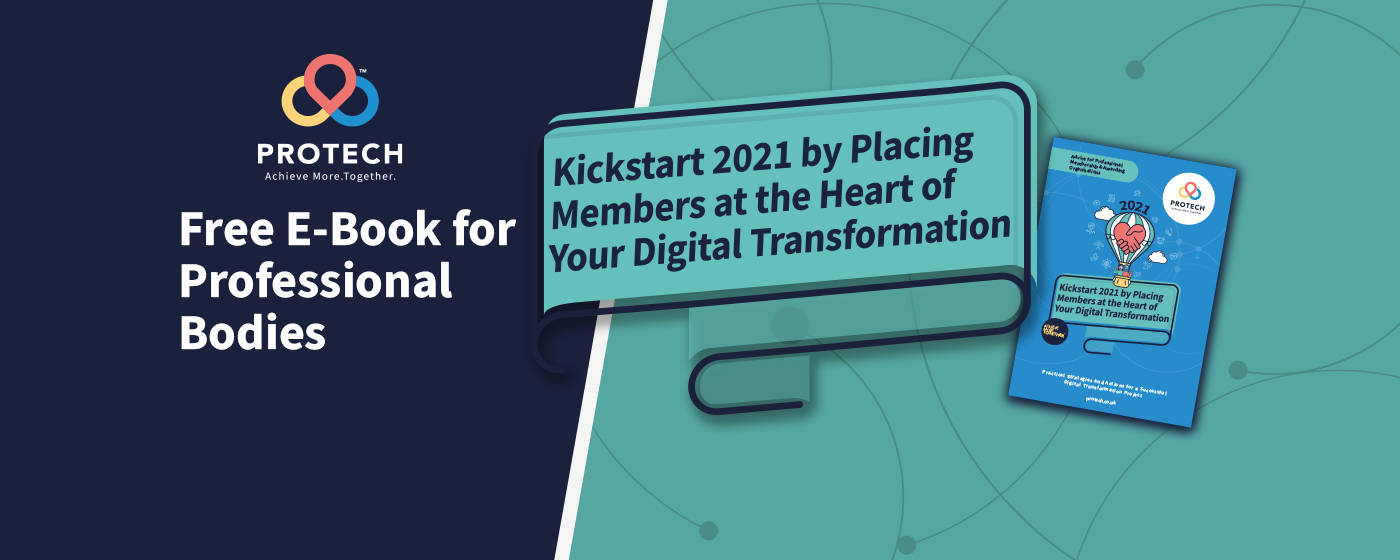Any professional body that awards qualifications needs a specialist CRM solution which integrates with its website to ensure that student data entered on the website is captured in its CRM system.
An integrated solution allows professional bodies to capture students’ personal details and preferences, website browsing history, the web pages they are visiting, the type of education events they are booking and the content they consume etc, throughout their leaning journey
Once captured and securely stored in the professional body’s CRM solution, this all-important data can be used to manage the business processes that support students throughout their learning journey covering initial contact through to certification and future interactions with the body.
Awarding bodies should be deploying an integrated web and CRM solution that constantly evolves to handle the intricacies of evolving business processes within the awarding body arena. The solution should also keep pace with the ongoing technical advances which allow qualifications to be offered with increased flexibility, whilst reducing the time it takes for students to achieve their end result.
The web and CRM solution must also have the capability to support professional bodies who appoint ‘centres’ that administer qualifications on their behalf. This should include supporting business processes for accreditation, facilitating the fulfilment of the qualification itself and restricting student access to products and services based on financial or quality control issues.
The Student Lifecycle

1. Registration and Enrolment
A student wanting to obtain a qualification will need to register with the awarding body or the body’s education centre. Depending on the organisation’s procedures, a student may have to join the body as a ‘member’ in order to enrol for a qualification. Alternatively, they may be able to register as a ‘student’ without having to become a member.
Where a potential student registers directly with the awarding body, this will in all likelihood, be the first interaction between the two. An integrated web and CRM solution, as delivered by ProTech, allows the capture of the all-important data entered by the student at joining/registration.
Registration via a centre, can present a challenge for the awarding body regarding the capture of student data. Students may not be required to register with/join the awarding body until they are at the stage where they must enrol for their exam. Therefore, students may have been working with the centre as they study for their exam, but their details will be completely unknown to the awarding body.
This represents a lost opportunity around engagement with the student and the initial capture of personal details and preferences.
An integrated web and CRM solution enables centres to work closely with awarding bodies to ensure that data around students who have registered/joined via the centre is shared with the body.
2. Exam Management and Fulfilment
ProTech’s Qualifications and Continuous Professional Development (CPD) module, a key component of its CRM software, is specifically designed to help awarding bodies guide their students throughout the exam management and fulfilment process, regardless whether exams are offered in session blocks (all students sit the same exam on the same day, two or four times a year) or on-demand (the exam can be requested at any place, at any time, usually as an e-assessment).
Where an awarding body offers exams in session blocks its CRM software should provide the functionality to deliver operational efficiencies by removing lengthy manual processes, enabling the quick and easy set up of examinations.
Information around exams can often be shared i.e. the exam date will be the same for each exam, the event venue will be the same and only needs to be managed by exception, so once this information has been entered, it can be replicated across all exams within the session block. Examinations can then be made available on line, often for multiple sessions.
The fee for an exam is included when a student joins or registers, but a CRM solution should allow the fee to be paid at enrolment. This enables the awarding body to promote early enrolment with early-bird booking fees or alternatively, an additional cost for students who are late in enrolling.
The ability, via an integrated web and CRM solution, to offer online exam enrolment (either for individual students or via a centre portal) provides awarding bodies with the potential to improve productivity and efficiency by eliminating cost and time hungry resource around this process.Generally, when awarding bodies offer on-demand assessments, they are multiple-choice questions which can be either administered or marked with a short lead time or offered as an e-assessment. It is important to ensure that your CRM provider can provide an e-assessment process.
A CRM provider should also be able to facilitate exemptions rather than enforcing that a student enrols for an examination. This includes logging the exception request, managing that request via a status and supporting documentation and on an application being successful, marking the assessment as complete.Once exam bookings have been taken (i.e. students have enrolled) there is usually a period of exam fulfilment which is recognised as being very resource intensive and not overly cost effective. It is preferable therefore, to work with a CRM provider who can help to facilitate this fulfilment process by:
- Using the CRM software’s reporting functionality to allow the awarding body to print, or email, documents to centres who will be administering exams in a particular session
- Offering a CSV output so exam fulfilment can be outsourced to a third party
- Collecting relevant data in the CRM solution around special considerations and reasonable adjustments to be made available to the invigilaton
3. Results Management and Moderation
The third stage of the student lifecycle takes place when the student has completed their exam. What happens at this stage will vary based on exam format i.e. a written exam, multiple choice or an e-assessment.
If the exam was an e-assessment, the allocated marks (alongside any record information) should simply be uploaded to the CRM solution and then recorded to the relevant student’s record.
Where the exam is a multiple choice, records should be simply allocated to an automated batch so that the outcome of scanned multiple-choice results can be imported at the next stage.
Where the examination is written, an allocation of scripts to markers is completed. Another task that Protech recognises as resource intensive and cost ineffective. Protech’s Awarding Body customers will receive scripts, potentially from around the globe and will sort those into piles for marking.
The allocation process should be underpinned by a rules engine that allows for manual allocation where lower volumes of papers are returned or, can be automated where there are large volumes and specific business rules have to be adhered to. Examples, of the business rules ProTech has embedded into this allocation process are as follows:
- Can an allocation take place for a whole exam or must the allocation only be made up of exam papers for a single centre?
- What papers is an examiner allowed to mark, and how many exams paper can that examiner mark within a single sitting?
- Is the examiner available?
- Should papers be allocated evenly or should an examiner be given a maximum amount of papers before moving onto the next?
- Does the examiner have any affiliation with individual students?
Based on the above, auto allocation takes place, linking examiners to exam papers. A marksheet is sent to each examiner or the mark sheet can made available via a portal.
Examiners can now mark written (essay-style) and multiple-choice exams. Allocated marks are imported into the CRM solution, or can be submitted via an online portal.
The end goal is to have an overall mark, calculated by a marking structure set against the assessment.
For written multiple-choice exam papers, the exam papers are scanned and a CSV file is generated. This includes the answers to each question and an overall score. If a third-party provider is being used it should be possible to import results into the CRM solution once exam papers have been scanned.
For written (essay-style) examinations, examiners will send their exam mark sheets back to the awarding body in a format that was prescribed in the previous step. The solutionwill then import those files, checking for validation errors and cells which have not been completed. If the file is valid then the solution will record the results.
Crucially, all marks brought into the system will not be logged against the student record. They will be held in the session ready for moderation and the allocation of final marksto take place. There are a number of ways that this can be completed:
The first option for moderation is to redistribute all papers between grade boundaries to moderators for remark, following the process laid out above. The process would then take place once more for a senior examiner to make a decision which mark to carry forward for each paper.
The second option is to do marking adjustments for the whole session. This typically mirrors an exam board meeting where marks are discussed which allows for marks to be uplifted or downgraded for a combination of an assessment/centre/examiner and other variables.
Finally, it is possible to export a sheet of all marks in a session (one sheet per assessment). These can then be vetted, amended and reimported into the system.
4. Results Distribution and Certification
Once marks have been agreed by the exam board they should be finalised within the CRM solutionand recorded against the student. This process should utilise the ‘pass check routine’ within the CRM solution to determine who has passed and who has failed and which students may have been awarded a qualification based on the information know about the candidate’s assessment history in relation to the qualification they are working towards.
Results can be made available to students or the education centre in a number of ways, either to the student themselves (online, email or letter). This communication can include a statement of the individuals’ progress so they are encouraged to keep studying for the rest of the qualification or future qualifications, if appropriate. The communication should also provide the opportunity to market other products and services to the student and to update or gather additional member data.
The results distribution process should enable awarding bodies to chase any outstanding debts with students or organisations. Data within the sales ledger should be utilised to hold back the results where invoices are unpaid.
Certificates for those students who have successfully passed their exam will then be printed, either as a batch process, internally by the awarding body or information can be sent via CSV to a mailing house. This is one stage of the student lifecycle which is not digitised – most awarding bodies and students prefer a hard copy of the certificate.
5. Appeals, Awards and Further Progsession
The last stage represents the end of a typical student’s learning journey. In some circumstances this may necessitate navigation of an appeals process. The approach to an appeals process is often varied. ProTech uses case management techniques developed for its Case Management module, to record and decide on an appeal against marks, combined with the sales function used to take payment for the appeals process
Some awarding bodies will distribute awards to high performing students and ProTech’s Qualifications and CPD module can highlight high scoring results to facilitate this process.
Awarding bodies can use the completion of a qualification to uplift an individual student’s membership level. This will either happen automatically as a result of achieving a qualification, or if the individual is put forward for a membership upgrade. This acts as a good chance to market the benefits of upgrading to the individual which they have become applicable for as a result of their achievement.
Finally, if the exam the student has successfully completed is one element of an overall qualification, or if the student chooses to enrol for further qualifications then the lifecycle starts all over again.








